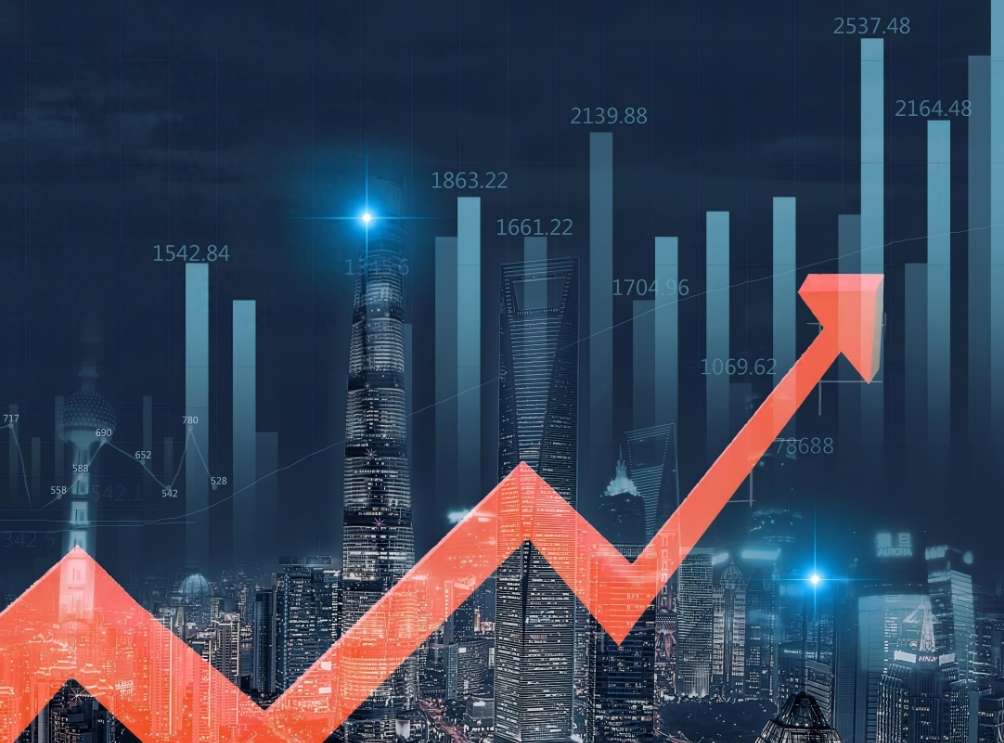Resilience of Southeast Asia's Economic Growth
Advertisements
- April 12, 2025
In recent years, Southeast Asia has emerged as a crucial player in the global economic landscape. With its increasing share in the global supply chain, enhanced regional integration, and a continuous focus on economic restructuring and innovation, these nations are proving their resilience and growth potential amidst sluggish performance in other parts of the world. This shift has made Southeast Asia a vital pillar of global economic growth.
Fuelled by strong domestic demand and the ongoing recovery of the tourism sector, the economic growth rate of Southeast Asian countries is on an upward trajectory. According to a report released by the Asian Development Bank (ADB) in April, these nations are projected to grow by 4.6% and 4.7% in 2024 and 2025, respectively, surpassing the 4.1% growth seen in 2023. Moreover, inflationary pressures have been alleviating across most Southeast Asian economies, except for Laos and Myanmar, which is a stark contrast to the situation in various other regions. A robust personal consumption base, an increase in public infrastructure spending, gradual improvements in investment, better export conditions, and a resurgence in tourism are strong indicators that the majority of Southeast Asian countries will see growth rates surpassing those of last year. Notably, countries like Vietnam (6.0% and 6.2%), the Philippines (6.0% and 6.2%), Cambodia (5.8% and 6.0%), and Indonesia (5.0% and 5.0%) lead the list of expected growth rates.
Furthermore, the ASEAN+3 Macroeconomic Research Office (ARMO) also underscored in its April report that the ASEAN+3 region is poised to be a major driver of global economic growth in the medium term, expecting a growth rate of 4.4% from 2024 to 2030, which is higher than the global average. In the short term, the sustained enhancement of domestic and regional demand has helped mitigate some adverse effects stemming from external uncertainties. The ASEAN+3 region contributes approximately 45% to global economic growth, slightly higher than the pre-pandemic figure of 44.5%. Here, the contributions from China, Japan, and South Korea play pivotal roles, while the ASEAN bloc, represented by Indonesia, Malaysia, the Philippines, Singapore, Thailand, and Vietnam, contributes about 10% to global growth with a rate of 4.9%. Meanwhile, Brunei, Cambodia, Laos, and Myanmar are projected to experience average annual growth rates exceeding 5.0%, further expanding their share in the regional and global economy.

On May 20, during a parliamentary briefing, Vietnamese Deputy Prime Minister Le Minh Khai announced that the GDP growth rate for the first quarter of 2024 reached 5.66%, marking the highest level for that period since 2020. This achievement comes amid numerous difficulties faced by the nation, resulting from extensive efforts. On May 23, while attending the 29th Asian Future Conference in Japan, Le Minh Khai emphasized Vietnam's goal of becoming a high-income developed nation by 2045, which involves a continuous push for economic reforms, infrastructure development, and nurturing advanced talent. Achieving such objectives in the context of ongoing volatility in Vietnam's financial sector and a declining currency poses a significant challenge.
Nevertheless, despite the vigorous growth momentum observed in Southeast Asian countries, they face substantial hurdles. Most economies in the region are net importers of food products, making them vulnerable to the risks associated with the significant increase in global commodity prices, driven by climate change and geopolitical tensions. The year could potentially see new record high temperatures, while the impacts of the El Niño phenomenon, if more severe than expected, may affect global food supplies in the coming months and elevate food prices. Should relevant exporting countries adopt additional protectionist measures, the situation could further deteriorate.
The surge in protectionist sentiment in the United States, coupled with greater uncertainty regarding future U.S. policies, may lead to drastic fluctuations in asset prices and instability in capital flows, adversely affecting the emerging economies that are sensitive to external environments. If inflation continues to remain high in both the U.S. and Europe, with elevated interest rates persisting, Southeast Asian economies might witness a swift decline in growth rates, which could precipitate risks in real estate and credit markets, impacting their financial sectors.
ARMO suggested that beyond the aforementioned short-term risks, long-term issues such as climate change, natural disasters, and cybersecurity are pressing concerns that the countries in the region must address thoughtfully.
Considering the unique challenges each country faces within the region, Brunei, which relies predominantly on oil and gas for 70% of its fiscal revenue, is striving to diversify its revenue sources and undergo crucial fiscal reforms. Cambodia, on the verge of graduating from the least developed country category, is urged to expedite the signing of more free trade agreements to gradually lessen its dependency on foreign aid and concessions. Indonesia, with aspirations of becoming a developed nation by 2045, must prioritize the enhancement of human resource development. Laos, where two-thirds of its population resides in rural areas, needs to focus on resolving food security issues for its rural population. Malaysia aims to improve energy efficiency and phase out high-pollution energy projects while vigorously promoting green growth. The Philippines should amplify private sector participation in its economy and enhance public investments and reforms. Singapore needs to expedite the establishment of relevant frameworks to cope with the accelerated aging of its population. Lastly, Thailand, currently at a crossroads concerning its climate strategy, urgently requires concrete action plans to drive the economy's green transition. For East Timor, ensuring food security emerges as the most fundamental and pressing challenge it faces.
Leave A Comment